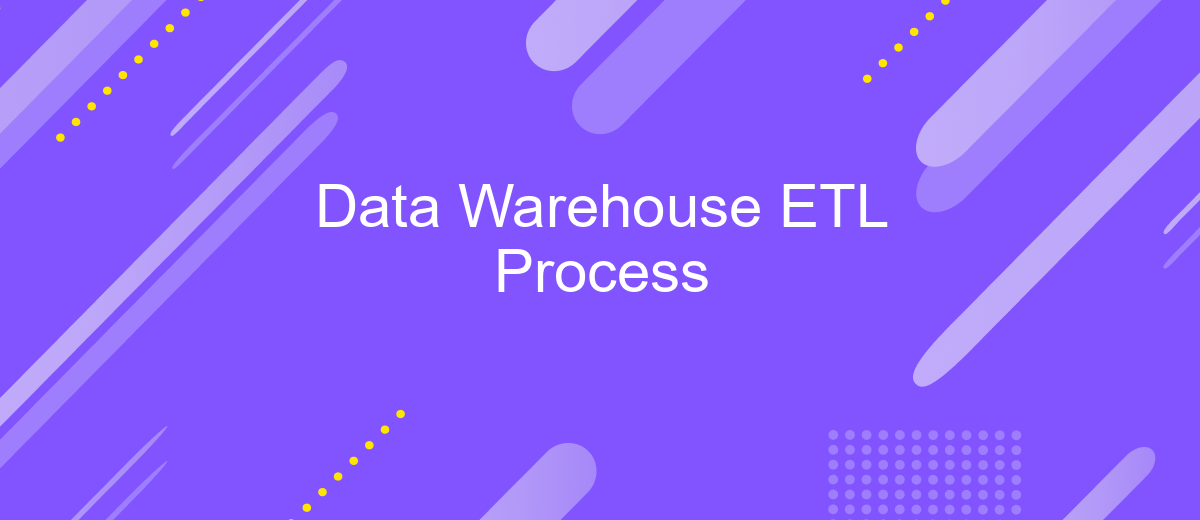Data Warehouse ETL Process
The Data Warehouse ETL (Extract, Transform, Load) process is a critical component in managing and analyzing large volumes of data. It involves extracting data from various sources, transforming it into a suitable format, and loading it into a data warehouse. This process ensures data consistency, quality, and accessibility, enabling organizations to make informed decisions and gain valuable insights.
Introduction
The Data Warehouse ETL (Extract, Transform, Load) process is a critical component in managing and utilizing large volumes of data. This process involves extracting data from various sources, transforming it into a suitable format, and loading it into a data warehouse for analysis and reporting. ETL ensures that data is accurate, consistent, and accessible for decision-making purposes.
- Extract: Collecting data from various sources such as databases, APIs, and flat files.
- Transform: Cleaning, filtering, and converting data into a consistent format.
- Load: Storing the transformed data into a data warehouse for further use.
Effective ETL processes leverage modern tools and services to streamline integration and automation. For instance, ApiX-Drive offers a robust platform for setting up seamless integrations between various data sources and destinations. By utilizing such services, organizations can enhance the efficiency and reliability of their ETL workflows, ensuring that data is readily available for analytics and business intelligence activities.
Data Extraction

Data extraction is the initial phase of the ETL process, where data is collected from various source systems. This stage is crucial as the quality and comprehensiveness of the extracted data directly impact the subsequent steps of transformation and loading. Sources can range from databases, cloud services, and APIs to flat files and web scraping. The goal is to gather all relevant data needed for analysis while maintaining its integrity and accuracy.
Modern tools and services, such as ApiX-Drive, can significantly streamline the data extraction process. ApiX-Drive allows seamless integration with numerous data sources, automating the extraction process and reducing the need for manual intervention. By leveraging such services, organizations can ensure that data is consistently and efficiently extracted, enabling more reliable and timely analytics. This automation not only saves time but also minimizes the risk of errors, ensuring a robust foundation for the subsequent ETL stages.
Data Transformation

Data transformation is a crucial step in the ETL process, where raw data is converted into a format suitable for analysis and reporting. This phase involves several sub-processes to ensure data consistency, quality, and usability, enabling businesses to derive meaningful insights.
- Data Cleansing: Removing duplicates, correcting errors, and handling missing values to ensure data accuracy.
- Data Standardization: Converting data into a common format or structure, facilitating easier integration and comparison.
- Data Aggregation: Summarizing data from multiple sources to provide a consolidated view.
- Data Enrichment: Enhancing data by adding additional information from external sources, such as demographic details.
- Data Integration: Combining data from different sources to create a unified dataset, often aided by integration services like ApiX-Drive.
Effective data transformation ensures that the data is accurate, consistent, and ready for analysis. Tools like ApiX-Drive can streamline the integration process, allowing seamless data flow between various systems and enhancing the overall efficiency of the ETL process.
Data Loading

Data loading is a critical phase in the ETL process, where transformed data is moved into the data warehouse. This step ensures that the data is available for analysis and reporting, making it accessible to end-users and business intelligence tools. The efficiency of data loading directly impacts the performance and usability of the data warehouse.
Several strategies can be employed to optimize the data loading process. These strategies depend on the volume of data, the frequency of loading, and the specific requirements of the organization. It's crucial to choose the right approach to maintain data integrity and ensure timely availability.
- Incremental Loading: Only new or updated data is loaded, reducing the processing time.
- Full Load: All data is reloaded, which can be useful for initial loads or significant changes.
- Batch Processing: Data is loaded in batches, allowing for better resource management.
- Real-Time Processing: Data is loaded as soon as it is available, providing up-to-date information.
Tools like ApiX-Drive can simplify the data loading process by automating integrations between various data sources and the data warehouse. This service can help streamline workflows, reduce manual intervention, and ensure that data is consistently and accurately loaded into the warehouse.
ETL Process Management
Effective ETL process management is crucial for ensuring the seamless extraction, transformation, and loading of data in a Data Warehouse environment. This involves not only the meticulous planning and scheduling of ETL jobs but also the continuous monitoring and optimization of these processes to handle data efficiently. Regular audits and performance checks are vital to identify bottlenecks and ensure data accuracy and integrity. Utilizing robust ETL tools and platforms can significantly enhance the reliability and scalability of the ETL process.
Integrating various data sources can be complex, but services like ApiX-Drive simplify this task by providing a user-friendly interface for setting up and managing integrations. ApiX-Drive allows for the automation of data flows between different systems, reducing manual intervention and the risk of errors. By leveraging such services, organizations can streamline their ETL processes, ensuring timely and accurate data availability for decision-making. Continuous improvement and adaptation of the ETL process are essential to meet evolving business needs and data landscapes.
FAQ
What is the ETL process in a Data Warehouse?
Why is ETL important for Data Warehousing?
How often should the ETL process run?
What are some common challenges in the ETL process?
How can automation tools help in the ETL process?
Time is the most valuable resource in today's business realities. By eliminating the routine from work processes, you will get more opportunities to implement the most daring plans and ideas. Choose – you can continue to waste time, money and nerves on inefficient solutions, or you can use ApiX-Drive, automating work processes and achieving results with minimal investment of money, effort and human resources.

